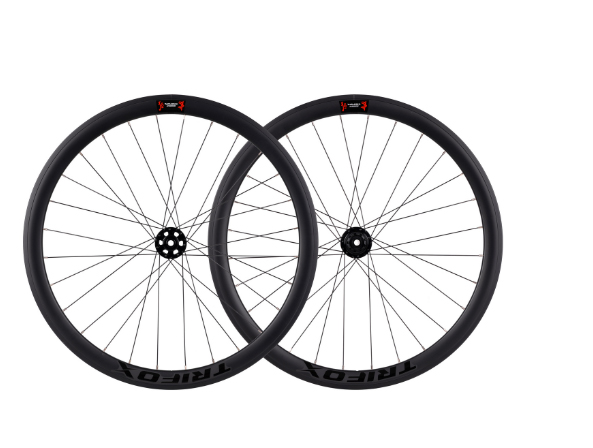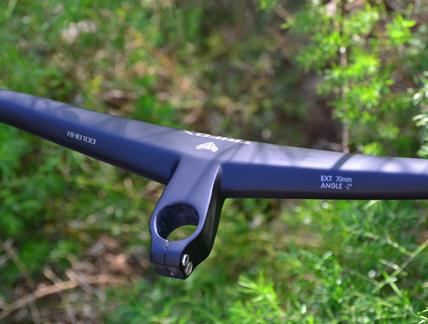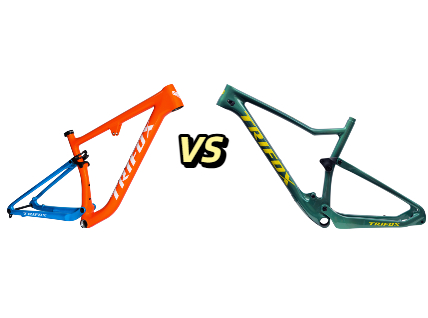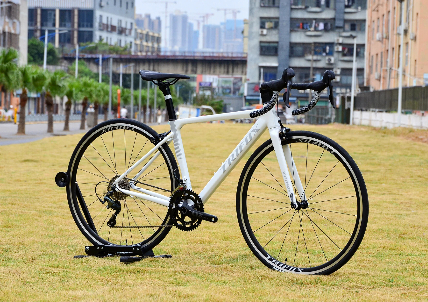When it comes to cycling, understanding tire sizes can be a bit confusing. Different countries use different measurements, and sometimes the same size can be described in multiple ways. However, comprehending this aspect is crucial as it impacts your bike's performance, comfort, and safety. This article aims to simplify tire sizing for you.
The Basics of Bicycle Tire Sizing
Bike tire sizes consist of two numbers. The first represents the diameter of the wheel (also known as the bead seat diameter), while the second indicates the width of the tire. Both these measurements can be in inches or millimeters, depending on the standard used.
Inch Marking
Inch markings are commonly used in the US and UK, and they're typical for mountain bikes and some road bikes. An example of an inch marking would look like this: 26 x 2.0. Here, 26 is the approximate outer diameter of the tire in inches, and 2.0 represents the width of the tire in inches.
ISO/ETRTO Marking
The International Organization for Standardization (ISO) and the European Tyre and Rim Technical Organisation (ETRTO) use a different system. They measure the exact diameter of the bead seat (where the tire sits on the rim), not the outer diameter. They also use millimeters instead of inches. So, a tire that is 50-559 by ISO/ETRTO standards would have a width of 50mm and a bead seat diameter of 559mm.
French Marking
French markings are often found on older road bikes. They use millimeters for width but a unique French system for diameter. For example, a 700C tire is approximately equivalent to a 622mm bead seat diameter in ISO/ETRTO or a 28" tire in inch marking.
Understanding Tire Compatibility
Knowing your tire size is crucial when replacing tires or inner tubes. The diameter of the new tire must match the diameter of the existing one. The width, however, can vary slightly. A wider tire will offer more comfort and grip but might be heavier and slower. A narrower tire, on the other hand, will be lighter and faster but might offer less grip and comfort.
Decoding Other Tire Markings
Apart from size, you might also see other markings on your bike tire. These can include:
-TPI (Threads Per Inch): This refers to the density of the casing fabric. A higher TPI often means a lighter tire with lower rolling resistance but could be more vulnerable to punctures.
- PSI (Pounds per Square Inch): This is the recommended range of air pressure for the tire.
- Directional Arrows: Some tires have a specific direction of rotation for optimal performance and will have arrows indicating this on the sidewall.

Understanding tire sizing can seem complex initially, but once you get the hang of it, it becomes straightforward. Remember, choosing the right tire size for your bike can significantly impact your cycling experience, so take the time to understand what works best for you.























































































